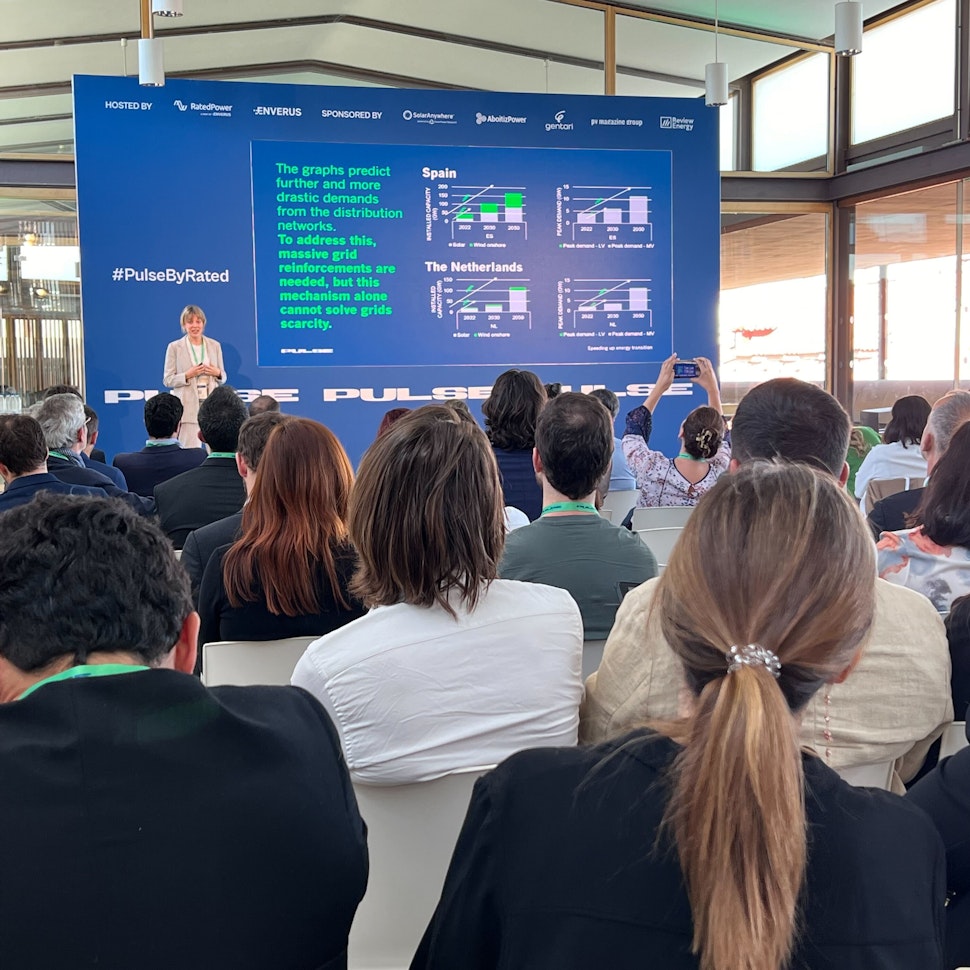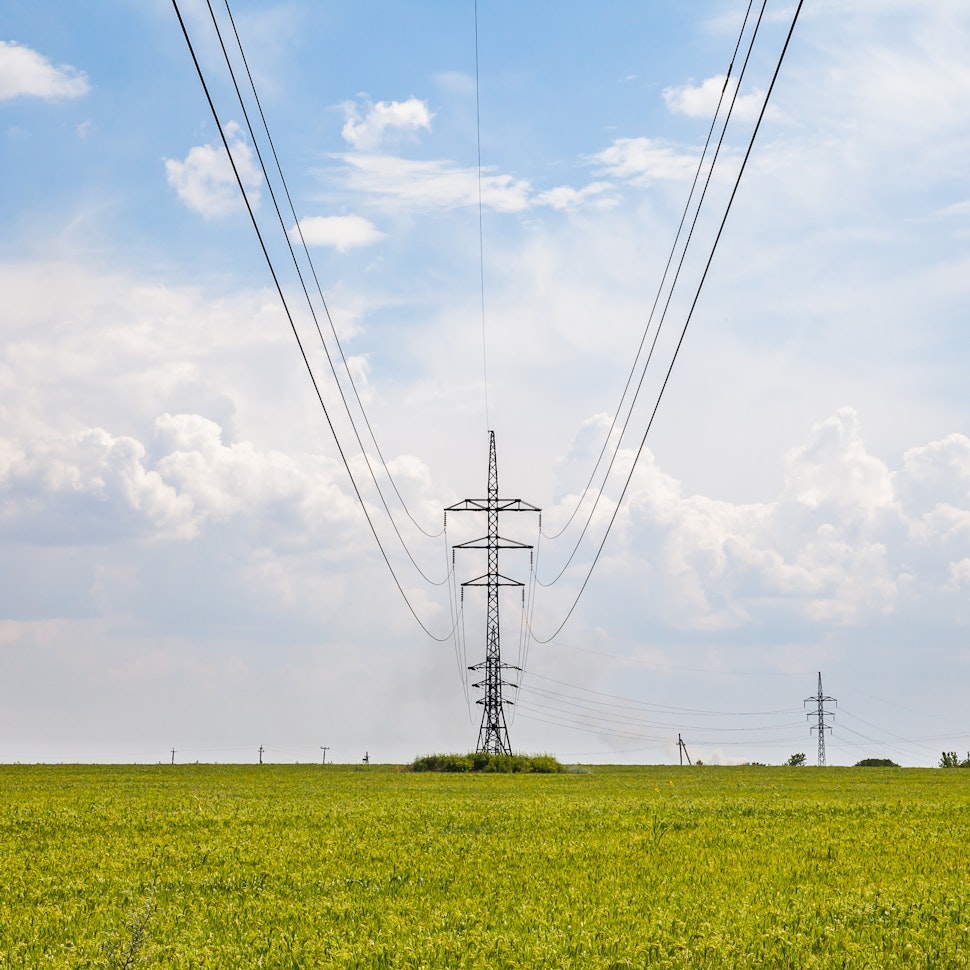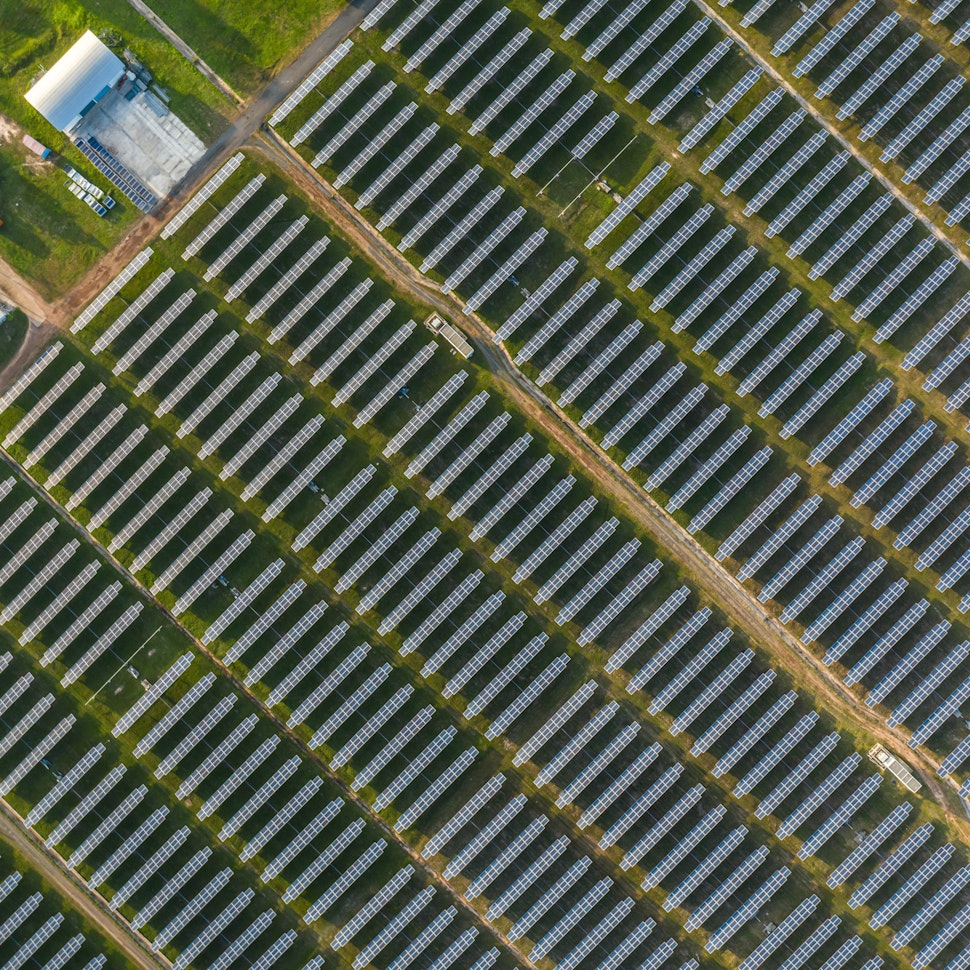- Solar energy blog
- France: Looking to the UK for grid interconnection
France: Looking to the UK for grid interconnection
As the demand for sustainable energy grows, grid interconnection is increasingly critical. This is evident in Europe, where France faces significant challenges with its electrical grid, including maintaining its stability and optimizing it for renewables.
In this blog, we look at what energy interconnectors are, the importance of interconnection in electricity, and why enhanced connectivity with the United Kingdom might be the answer France is looking for.



Content
What is interconnection in electricity?
An electricity interconnector is a high-voltage cable that connects two electricity systems or electrical grids under the sea, underground, or via overhead cabling. It allows surplus electricity, usually from renewable sources like solar, wind, or hydropower, to be traded and shared between nations.
Why are electric interconnections necessary?
As the RatedPower 2024 Trends Report revealed, grid saturation and instability are the most pressing challenges for the energy sector — and why electric interconnections are so important.

Preventing grid saturation
On a local scale, when solar panels aren’t correctly interconnected with the grid and produce more electricity than a house needs, excess power goes unused and is wasted. It’s like pouring water into an already full glass.
On a larger scale, across multiple installations, this is known as grid saturation. This means that the existing infrastructure cannot absorb all the energy generated by these sources.
Stabilizing the power supply
One key consequence of grid saturation is instability in the power supply. When the voltage spikes and exceeds its maximum input rating, overloading the inverters can cause inefficiencies within the network. That’s why investing in grid interconnections is so important.
Mitigating financial loss
The wasted energy also equates to financial losses for both producers and consumers of solar energy. As a producer, you’ve invested in equipment capable of generating a certain amount of power, but you won’t get the return on investment you anticipated without adequate electrical interconnection. Wasted energy can also result in negative wholesale power prices.

The challenges of electric interconnection
While electrical interconnection is important, these projects often require grid upgrades. This is especially true of larger commercial or utility-scale installations. These expansive projects can considerably impact local grid infrastructure, necessitating adjustments to support the additional load. Think of it as like adding more lanes to a highway. When there is an increase in traffic (in this case, energy), you need extra capacity to handle it smoothly.
However, these modifications also come with their own set of challenges. The cost and requirements for these upgrades can vary greatly depending on location, scale of project, and existing infrastructure. As such, considerable thought must go into decision-making around large-scale solar projects.
France's grid interconnection problem
Currently, there are three functional electric interconnections between France and the United Kingdom, boasting a combined capacity of 4 gigawatts (GW). Although these connections benefit the stable supply and transfer of electricity across borders, they also come with challenges.
Political dynamics
Some of the more persistent challenges cannot be fully addressed by the current infrastructure’s capabilities alone, so further expansions are now being considered. While significant strides have been made in strengthening France and the UK’s electrical ties, there is still work to do to make this expansion a reality.
For example, the French Energy Regulatory Commission (CRE) has voiced concerns about new grid interconnection projects like GridLink. This hesitation stems from uncertainties intensified by the UK’s departure from the European Union. The change in the political dynamics prompts questions about future cooperation on energy issues and market integration, making it challenging to predict outcomes for ambitious initiatives like GridLink.
Shifting energy mix trajectories
In addition, CRE feels compelled to reassess these proposed projects due to shifting energy mix trajectories within France and the UK and across the broader European Union. CRE believes that recent crises in wholesale electricity markets have highlighted vulnerabilities that need addressing before moving forward with further electrical interconnections. Authorities will need to consider how changes in renewable generation capacity, nuclear power usage, or fossil fuel reliance might impact these projects’ feasibility and effectiveness.
Lengthy connection processes
Another challenge is the lengthy and expensive connection process. Energy producers pay a share of the connection costs to connect to the transmission grid based on the number of megawatts (MW) connected. These costs vary by region, so developers must send a connection request to their Distribution System Operator (DSO), most likely Enedis, the DSO that serves 95% of the country, which can take over a year. Often, Enedis’ choice of technical solutions can lead to additional costs.
This complicated and slow permit process can hinder future interconnection projects.
How can we improve grid saturation in the clean energy transition? Learn the answer to this question by downloading our free ebook.

National vs. European benefits
At the same time, the French authorities are still considering several new grid interconnection projects. These include the 2 GW Aquind project, the FAB, and previously mentioned GridLink, each with a capacity of 1.25 GW, and finally, Getlink’s proposal for a fresh 1 GW project via the Channel Tunnel.
Studies commissioned by CRE indicate that these new electricity interconnectors could be economically beneficial on a broader European scale. However, the benefits might be distributed unevenly between countries. In this case, the UK stands to gain more than France does.
This assessment raises essential questions about how these proposed projects should proceed, given their potential economic impact. It also emphasizes the need for careful consideration in balancing national interests against broader European energy goals when deciding future grid interconnections.
Feasibility
Another French organization is also having a say. Various project developers have consulted Réseau de Transport d'Électricité (RTE), France’s transmission system operator, to explore feasible electric interconnection projects. Among the several proposals presented, RTE identified the Getlink project through the Channel Tunnel as the most promising from both a technical and economic standpoint.
While RTE’s assessment carries weight in this decision-making process, its preference for the Getlink initiative isn’t final. CRE concurs with RTE’s evaluation but emphasizes the need for approval from UK authorities. This caution arises due to differing maturity levels among these proposed initiatives, each at varying stages of planning or execution.
Public say
To help with the decision-making process, CRE has recently initiated a public consultation. This discussion is centered around the potential expansion of grid interconnection capacity between France and the UK. The aim is to engage stakeholders in dialogue that will inform critical decisions about future projects.
The public consultation was launched in the first week of March, and interested parties had until April 19, 2024, to make their voices heard. Although that time has now passed, deliberations are still taking place, and no decision has been announced at the time of writing this. Approval from CRE could pave the way for RTE’s favorite proposed project, Getlink, to start taking shape, but we’ll have to wait and see what they decide.
Ready to get started? Learn how RatedPower can help optimize your solar projects for better grid interconnection and efficiency.
Latest stories
Related posts
Market analysis
23 renewable energy events to look out for in 2026
Discover the top renewable energy events in 2026, dates, details, and insights for solar, storage, hydrogen, and clean energy professionals worldwide.
Updated 13 JAN, 26

Market analysis
Power where it’s needed: Solving LatAm’s grid instability with distributed solar and storage
Find out how a bottom-up approach is solving LatAm’s grid instability, with community-led solar and storage projects giving people control over their energy.
Updated 29 DEC, 25

Market analysis
Powering through the peak: Why solar + storage is gaining momentum in MENAT
Discover how MENAT is building a functioning solar economy and why rising peak demand during extreme heat is squeezing its energy architecture.
Updated 11 DEC, 25


- RatedPower
- Solar energy blog
- France: Looking to the UK for grid interconnection
 Watch a demo
Watch a demo Ask our AI Product Expert
Ask our AI Product Expert
